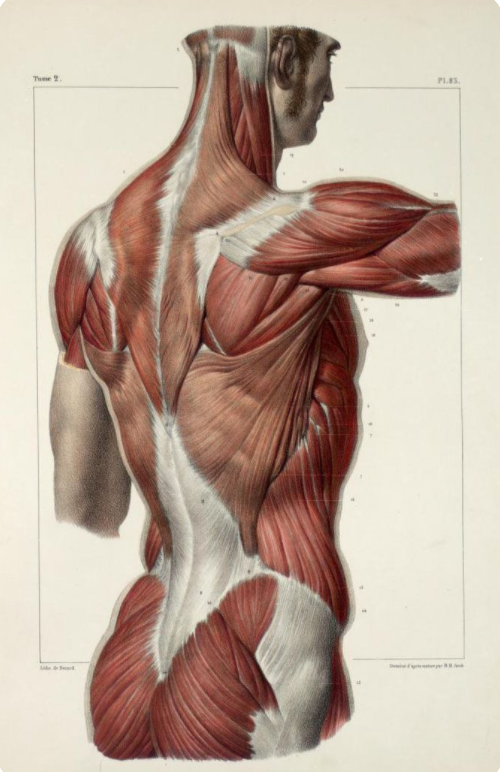Structural Integration
Pricing:
60 min session - $129
90 min session - $150
A Typical Structural Integration Session
During the Structural Integration process changes in posture and structure are achieved by manipulating the body's myofascial system. The focus of Structural Integration is on the fascia rather than on the muscles. The fascia is a protective layer of connective tissue that surrounds each muscle and muscle fiber. Fascia gives muscles and bodies their shape and support .
Structural Integration use a range of techniques to lengthen and reposition the fascia and the body. The amount of pressure used and techniques applied varies. Your session may use slow, deep, stretching movements, or constant applied pressure. You may also be asked to move as pressure is applied or to stand and move during a session.
As tissue is being released, you may experience a variety of sensations ranging from warm and pleasant to uncomfortable. Your practitioner will apply appropriate pressure during the session based on your feedback so the pace of the session is under your control. Sometimes, as the tissue is released and balanced, clients experience the release of emotions, memories or traumas that have been stored in the fascial tissue. Such releases can create the opportunity for change and/or resolution surrounding the issues presented.
Movement education may also be a part of your Structural Integration series. Your practitioner can help you become aware of your habitual and inhibiting movement patterns and help you change these patterns to achieve more fluid movement. Movement education can affect your level of daily functioning by helping to change unhealthy patterns in common activities such as sitting, walking and breathing.
Structural Integration is typically performed in a series of ten to thirteen sessions to systematically release the myofascial tissue. Each session builds upon the last, addressing layers of tissue throughout the process. The series is designed to balance your body in segments, with each session addressing a different aspect of your structure and movement. Though the Structural Integration series is designed to work in sequence, your practitioner will often recognize your unique needs and use their skills and experience to address those appropriately.
At the beginning of a series, your practitioner will often spend some time discussing your health and personal history. It is important that your practitioner know any information that has affected your physical structure, including major accidents, traumas, surgeries, conditions and diseases as well as any current medications.
Typically, sessions are done with the client in underwear or a bathing suit. Your practitioner will observe you standing and moving to assess balance, alignment, mobility and movement patterns. In some cases, if appropriate, photographs may be taken for the benefit of you and your practitioner.


